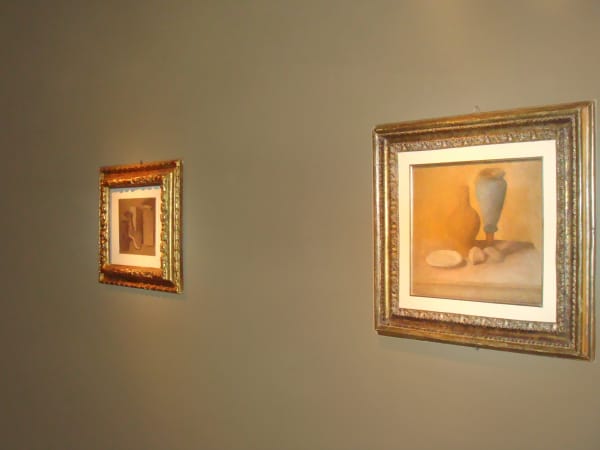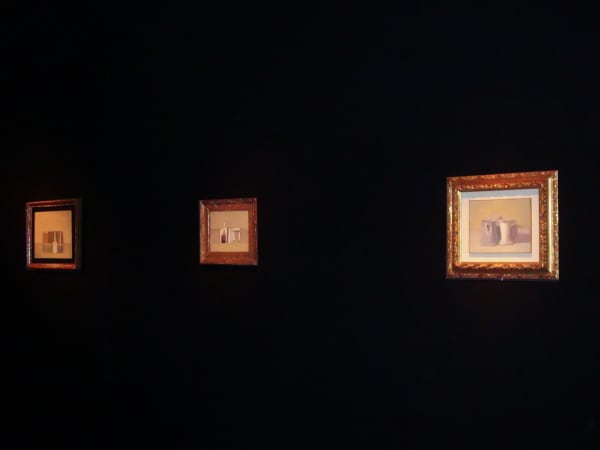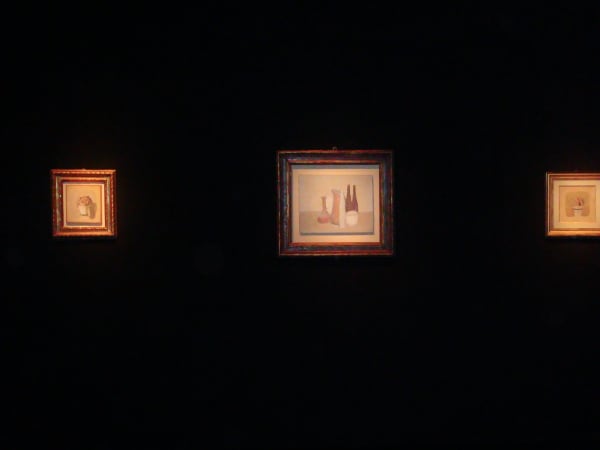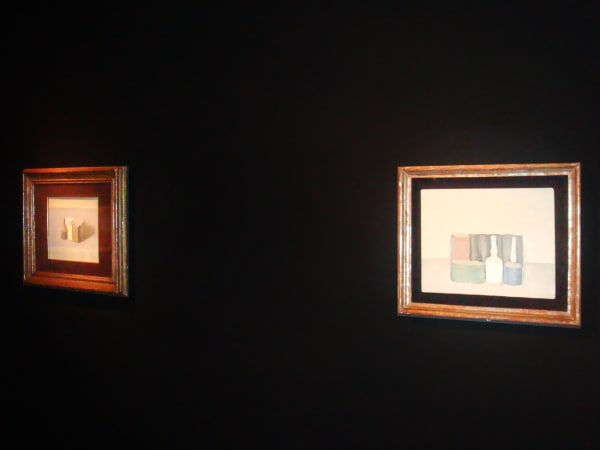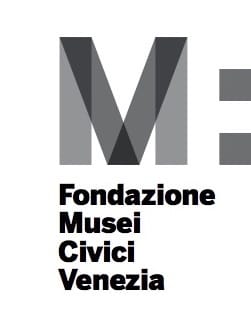 Museum of Palazzo Fortuny, Venezia
https://fortuny.visitmuve.it/it/mostre/archivio-mostre/giorgio-morandi-silenzi/2010/09/6374/progetto-48/
Museum of Palazzo Fortuny, Venezia
https://fortuny.visitmuve.it/it/mostre/archivio-mostre/giorgio-morandi-silenzi/2010/09/6374/progetto-48/
Giorgio Morandi
Silences
What else can we add to all that has been said on one of the major masters of the Nineteenth Century? Which new reading key of Giorgio Morandi's works may be proposed? These are the questions asked by Daniela Ferretti curator together with Franco Calarota of the exhibition "Silences" at Palazzo Fortuny. Trough an accurate selection of works that goes from 1921 to 1963 and that proposes paintings from prestigious collections, some of which have rarely been exposed, highlights one of the Morandi's most important and mysterious characteristics, leaving open the dialogue between painting and the spectator who observes it.
As Francesco Poli recalls in the catalogue published by Skira on the occasion of the exhibition, Giorgio Morandi's work has today become an "icon of our artistic culture". Many exhibitions have been organised in the most important museums of the world and many words have been said on his artworks. With an innovative attitude, the aim of the exhibition "Silences" at Palazzo Fortuny, curated by Daniela Ferretti together with Franco Calarota, is the one of leaving the master's, from Bologna, works speak. Presented through an accurate selections that covers a period of time that goes from 1921 to 1963 and which proposes a group of works that have been rarely exposed, the exhibition aims to immerse the spectator in the same meditative silence that Giorgio Morandi (Bologna 1890-1964) reserved to the realisation of his works.
As, indeed, Lamberto Vitali mentioned Morandi felt the necessity of "living for a long time facing the motifs of his paintings, in order to become familiar with them, meditate on them" before reproducing on the canvas thet "immutability of motifs that doesn't ever coincide with a monotomy of the effects". The first silence is so the one of the curators that invite the visitors to penetrate in the painting in order to find a personal reading key, that may also be just one of questioning themselves on the meaning of those vases and bottles, and of those objects that are always similar but always different - as also Umberto Eco has said - wisely assembled and reproduced, that are nothing less than a code, the alphabet that Morandi uses in order to express his art.
A dialogue between the artwork and the spectator is so established, a dialogue that is deprived of filters and words. But this isn't only the absence of audible sounds that must be researched in Morandi's silence, which doesn't give itself to an unambiguous interpretation, and that may each time be read and instantly known in a different way.
When one speaks of Morandi it is indeed more correct to speak about Silences, from which the title of the exhibition, silences that have in common the fact of being all one of the possible fil rouge of his work.
Arnaldo Beccaria, author in 1939 of the first monograph dedicated to Morandi, narrates the ascetic preparation of each work "made of hungers, silences, mortifications of colour" where "art is the expression of the moral dress of the artist" and of those "notes of colours that always compose themselves in the artwork's silence; and that silence is lightened by an intense and secret music" that envelops the work in "an absolute order" where everything is "equalled, following an inborn calculation, which is very acute and infallible, a sublime equation" where colours burn "as an intense and unconsummated sacrificed to silence".
Whereas for Francesco Arcangeli silence must be researched in what Morandi decides not to represent in his work, as it is the case for the human body that the master "seams to render, maybe unconsciously, through his silence, the supreme homage to a humanist that is desperate to see an image of man that is for now un-returnable". Roberto Longhi suggests looking for silence in the harmony and balance of those objects which in their appearance hide a more profound realityt. But it is Castor Seibel that highlights how Morandi's painting expresses "what words can't ever tell, that is a pictoral poem that exteriorises the elusive". And he underlines as silence is evident to one's eyes in the master's works when he claims that "Morandi is capable of metamorphose silence, absence of sound, in a visual phenomenon: the light of silence".
